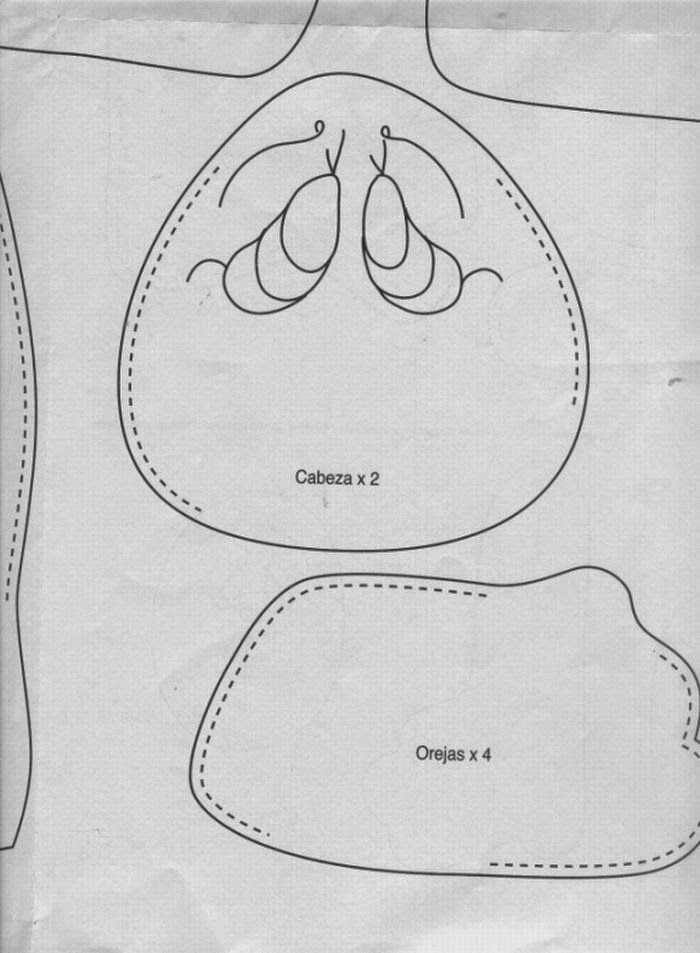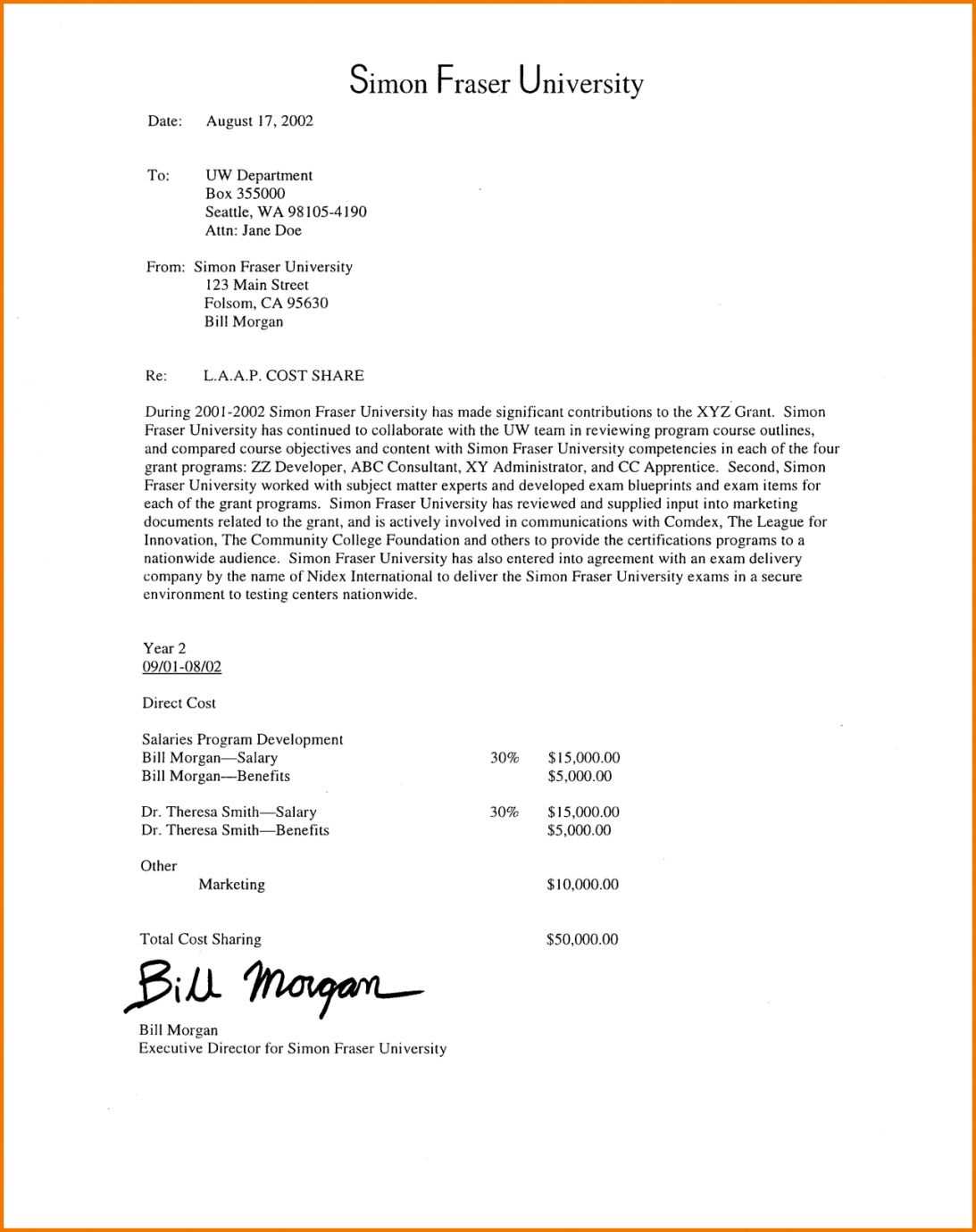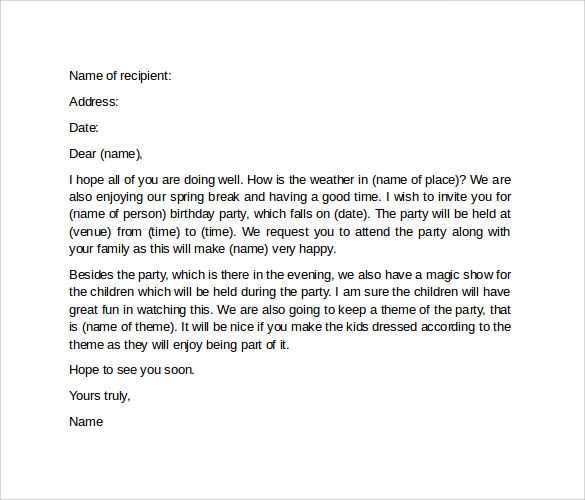Party wall letter template

To comply with the Party Wall Act 1996, you must send a formal letter to your neighbors before starting work on a shared wall. This letter should clearly outline the details of the proposed work, including the type of work, start date, and expected duration. Use this template to make sure all necessary information is provided and that your letter meets legal requirements.
The first step is to introduce yourself and state the nature of the work you intend to carry out. Specify the location of the shared wall, explain how the work may affect it, and provide any plans or drawings if available. It’s also helpful to include contact information in case your neighbor has any concerns.
Be clear and concise in describing how the work will impact the shared space. Address potential issues like noise, dust, or access, and offer a timeline for the project. By providing this level of detail, you demonstrate your commitment to being a responsible neighbor and ensure that all parties are informed and prepared.

Here’s the corrected version:
Begin by clearly stating the intent of your letter. Ensure you mention your role in the property and the need for the party wall agreement, explaining the exact location of the work. Reference the Party Wall Act to establish legal grounds for your request.
Details of the Work

Specify the nature of the work you plan to carry out, including dates, the type of construction, and its potential impact on the shared wall. Include any surveys or reports that highlight the necessity of the proposed work. If possible, include diagrams or sketches for better clarity.
Neighbor’s Consent

Provide a clear timeline for the neighbor’s response and mention that you are open to discussions about any concerns they might have. Include instructions on how they should acknowledge the agreement, whether by signing the letter or responding via another method.
Close by politely requesting confirmation and offering further communication if needed. Express willingness to cooperate for a smooth process.
Party Wall Letter Template: A Comprehensive Guide
Understanding the Purpose of a Party Wall Notice
Key Details to Include in Your Letter
How to Address Neighbors in a Party Wall Communication
When to Send a Party Wall Notice: Timing and Legal Obligations
How to Manage Disputes After Sending the Party Wall Notice
Common Mistakes to Avoid in Party Wall Correspondence
A Party Wall Notice is a formal communication required when you plan to carry out certain works on or near a shared wall with a neighbor. It serves to inform them of your intentions and provides a clear record of your plans. Begin the letter with the purpose: clearly stating the work you intend to carry out and how it may affect the shared structure.
In your letter, include the following key details: your full name and address, your neighbor’s details, a description of the proposed works, the date you plan to begin, and the expected duration. Providing as much detail as possible helps to avoid confusion and ensures your neighbor is fully aware of the scope of the project.
Address your neighbor politely, using their correct title and name. Keep the tone respectful and professional throughout. It’s helpful to include an invitation for them to contact you should they have any questions or concerns about the work you plan to undertake.
Timely delivery of the Party Wall Notice is important. Legally, you must send the notice at least two months before starting the works. If you fail to do so, you risk delays or complications, including legal action from your neighbor.
If a dispute arises after sending the Party Wall Notice, it’s crucial to address it calmly. In some cases, you may need to seek an independent surveyor to assess the situation and mediate between you and your neighbor. Keep records of all communications, as this will be useful if the dispute escalates.
Be mindful of common mistakes, such as not providing sufficient detail about the planned works or sending the notice too late. Always ensure your letter is clear and professional to avoid misunderstandings.